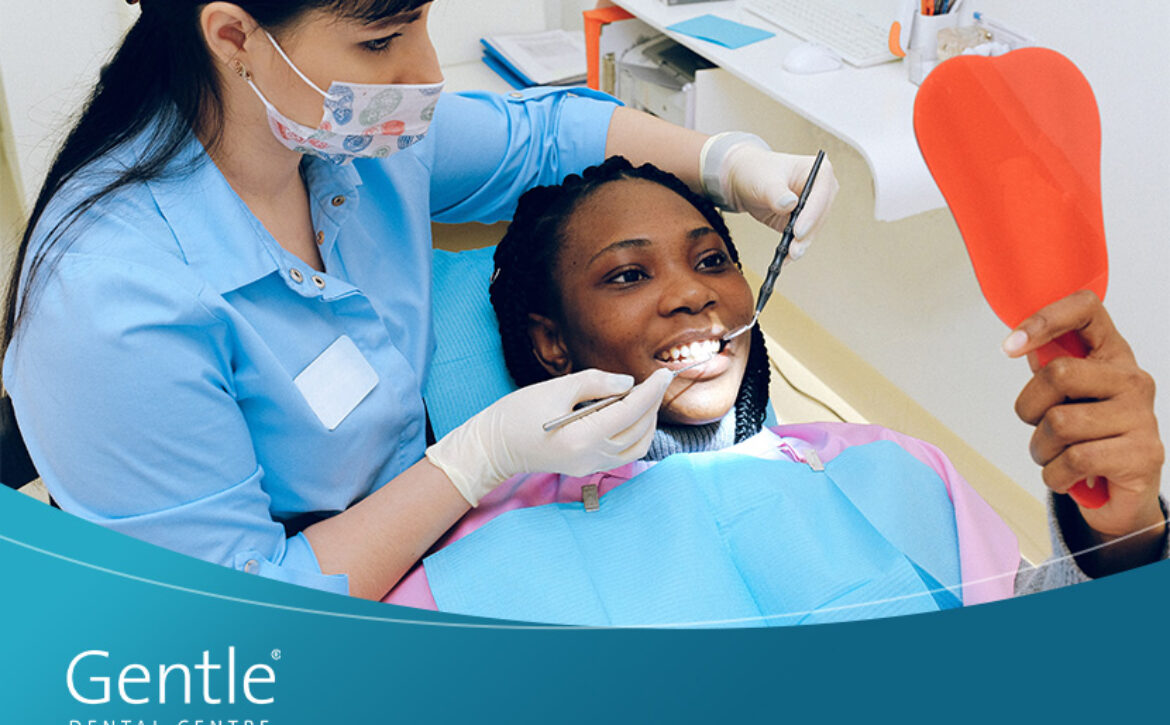What Causes Tooth Discolouration and Stains?
Tooth discolouration and stains on teeth are common and happen for various reasons. The good news is that many of these stains are preventable. Some surface level stains are also treatable.
Here’s what you need to know about the causes of tooth discolouration and stains and what you can do to keep your teeth looking their best.
Types of Staining
- Extrinsic: The stains only affect the tooth’s enamel or surface.
- Intrinsic This type of stain is located within the tooth, making it more resistant to over-the-counter whitening products.
- Age-related: As we age, the outer enamel layer of our teeth wears away, and our gums can start to yellow. Age-related stains don’t happen overnight. Both extrinsic and intrinsic factors cause them.
What Causes Tooth Discolouration?
Eating, drinking, ageing, smoking, and tooth injuries all cause tooth discolouration. Certain types of food and drink can stain your teeth. Most people know that red wine and coffee can stain their teeth. However, other foods and drinks also contribute to the discolouration of tooth enamel:
Tea: Like coffee, tea contains tannins that stain our teeth’s white enamel. The research is still out on whether using milk in your tea or coffee can help prevent staining. However, limiting the amount of tea you drink can help.
Cola: The dark colouring of this soda, combined with acids and sugars, makes it particularly bad for teeth enamel. Soda will wear away at your teeth faster than other types of drinks.
Fruit juices: Dark-coloured fruit juices like blackberry, cranberry, and grape juice can stain your teeth. To avoid these from staining your teeth, drink these juices in moderation.
Tomato sauces: Tomatoes contain deep pigments that can cause teeth to stain over time.
Soy sauce: The dark colour of soy sauce can cause tooth enamel to stain.
While we don’t suggest avoiding eating soy sauce or tomato-based sauces, it is a good idea to limit the amount of soda and caffeine in your diet. Soda, in particular, has very little nutritional value, is high in sugar, and is highly acidic. Not only will it stain your teeth, the sugars and acid eat away at our teeth enamel and cause cavities.
Smoking: Once you start smoking, it doesn’t take long for the enamel of your teeth to begin to stain or yellow. Nicotine causes teeth to turn brown or yellow very quickly. The best way to prevent teeth from staining any further is to quit smoking (or not start at all). Smoking is bad for your teeth and gums in a lot of ways. Nicotine restricts blood flow to the gums which causes the jaw bones to weaken and teeth to loosen over time.
Age: Teeth naturally get more brittle with age and will stain or yellow more easily.
Injuries: If you have experienced trauma to your mouth an injuries can cause the damaged tooth or teeth to darken. It’s always a good idea to see your dentist after experiencing a mouth injury.
Antibiotics: Some medications cause tooth enamel to discolour. When mixed with saliva, medication can cause dark spots or stains to form on your tooth enamel. Often, these stains are not permanent as they develop below the surface of the tooth. This intrinsic staining can disappear once you finish the antibiotic cycle.
What Can You Do to Treat and Prevent Tooth Stains?
Tooth discolouration caused by aging is natural. However, you can prevent surface staining by changing your lifestyle.
Limit your intake of soda and caffeine. Switch to water and light-coloured herbal teas to prevent tooth staining. If you drink red wine often, try drinking water simultaneously to rinse your mouth between sips. Stop drinking soda or save it for special occasions.
Use at-home whitening kits. Whitening kits can lift stains from your teeth in as little as one or two days. However, many at-home products can cause teeth sensitivity and gum irritation.
Brush with a whitening toothpaste. Many effective tooth whitening products on the market are safe to use. While whitening toothpaste can remove some surface stains from teeth, it won’t change the natural colour of your tooth enamel or lighten intrinsic stains.
When Should You See a Dentist About Tooth Stains?
If you notice a change in the colour of your teeth and it doesn’t get better with a whitening product, it’s a good idea to follow up with your dentist. If the staining looks like a dark shadow, and nothing you try seems to remove the stain, it could be due to a deeper problem such as a cavity or demineralisation of the enamel.
If one single tooth is discoloured, it could mean that you have a cavity or a tooth injury. In this case, visit your dentist as soon as possible. Cavities can eventually lead to infection and tooth loss if left untreated.
The Bottom Line
The appearance of unwanted discolourations on your teeth can occur for many reasons, mainly related to your lifestyle. Limiting coffee, tea and soda and avoiding smoking will help keep your teeth enamel whiter for longer.
There’s nothing inherently wrong with having discoloured teeth. However, tooth discolouration sometimes signifies an underlying oral health issue. We recommend scheduling regular checkups with your dentist every six months to ensure your teeth enamel is healthy. Book a dental appointment now if you have noticed rapid discolouration of your tooth enamel.

